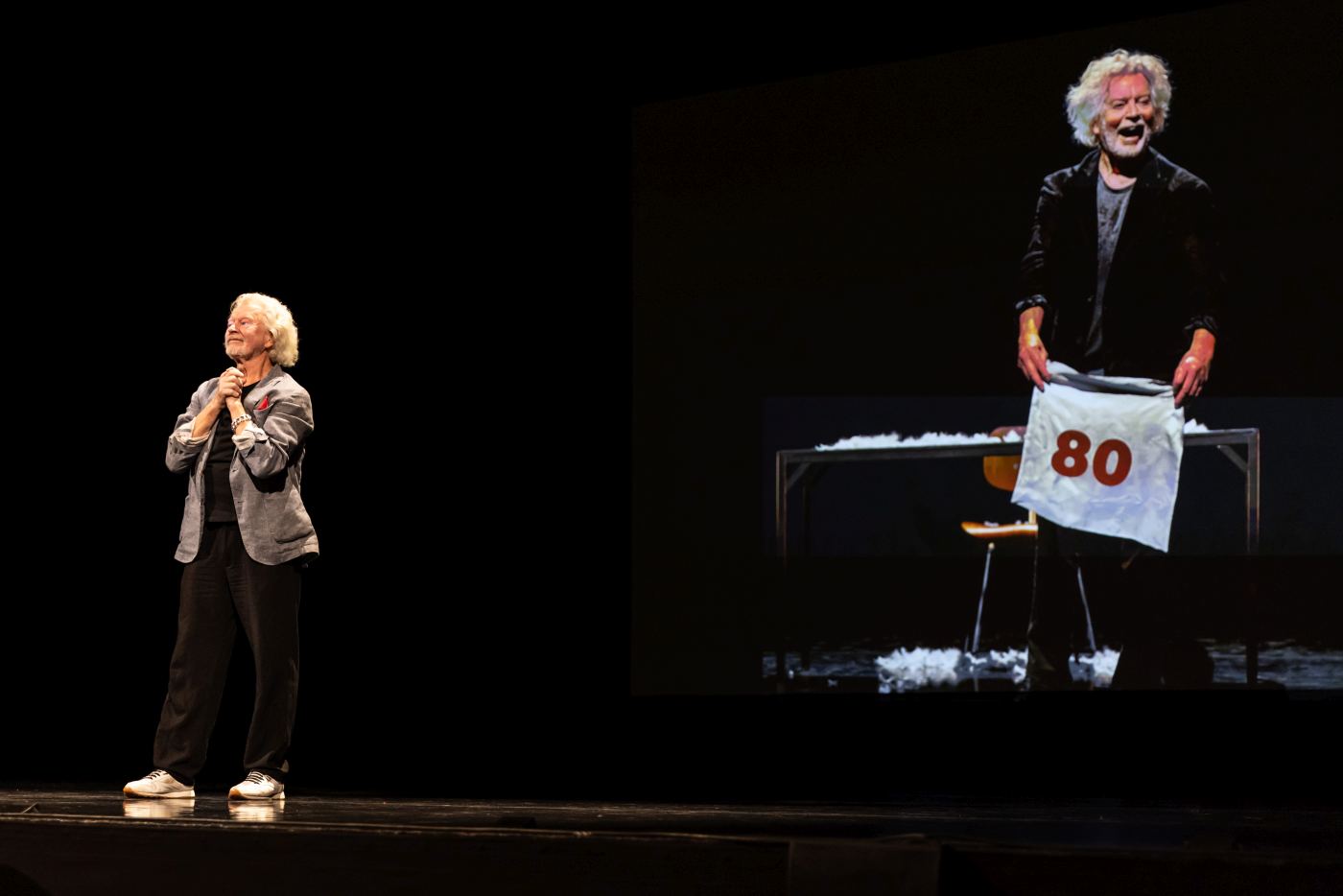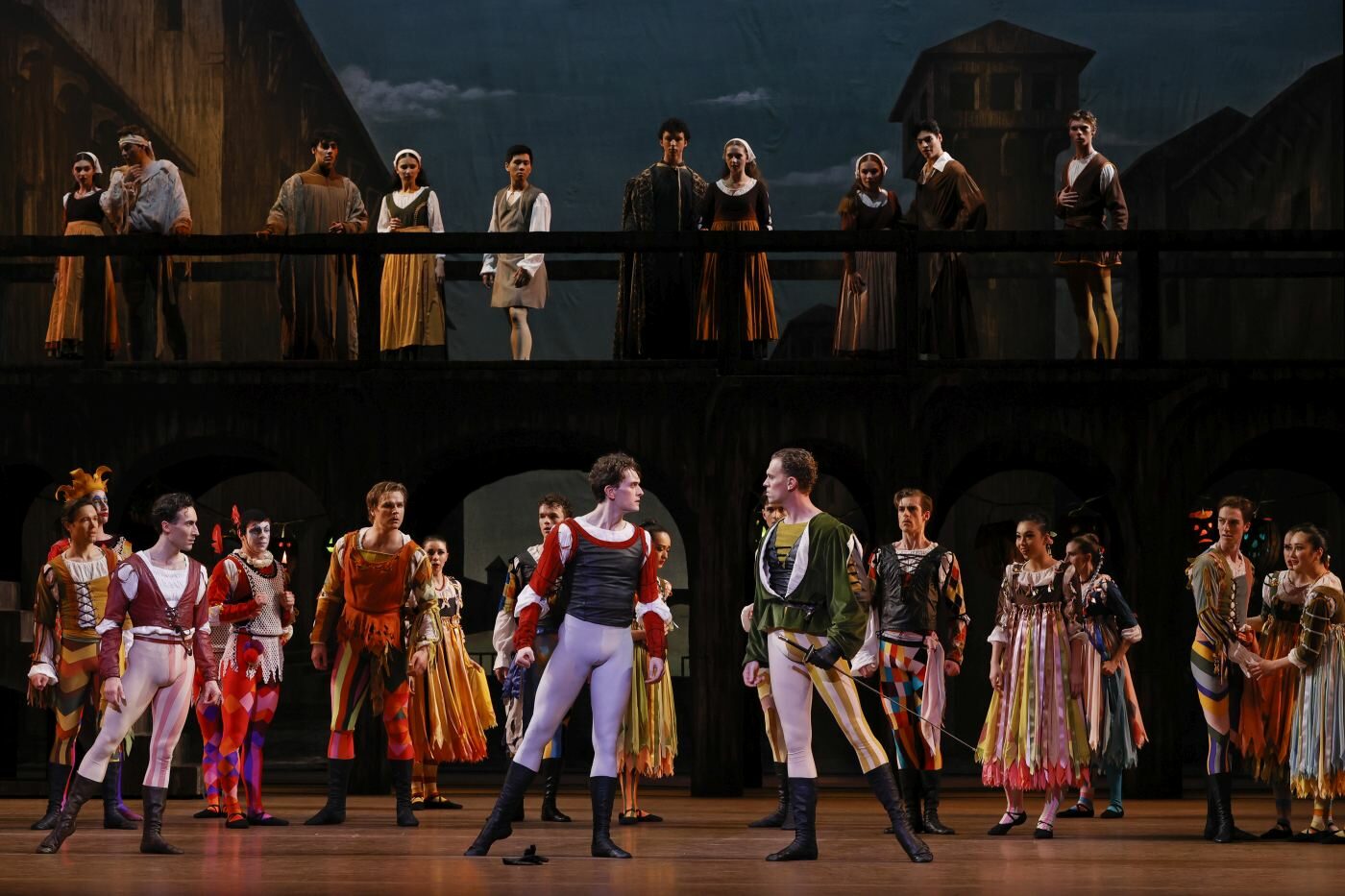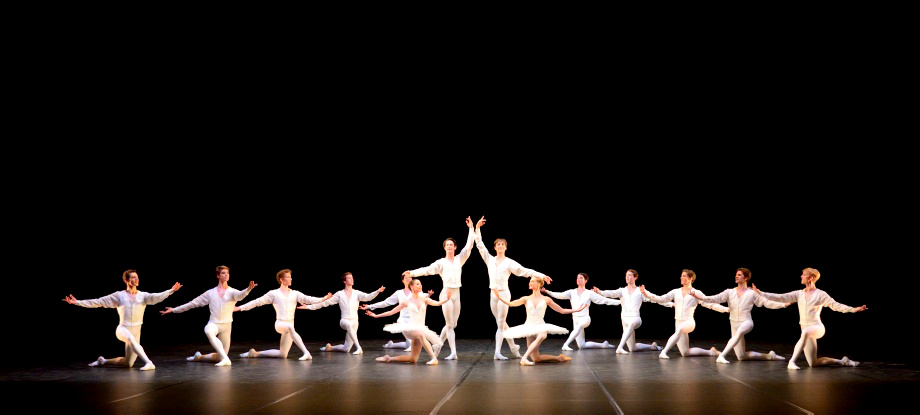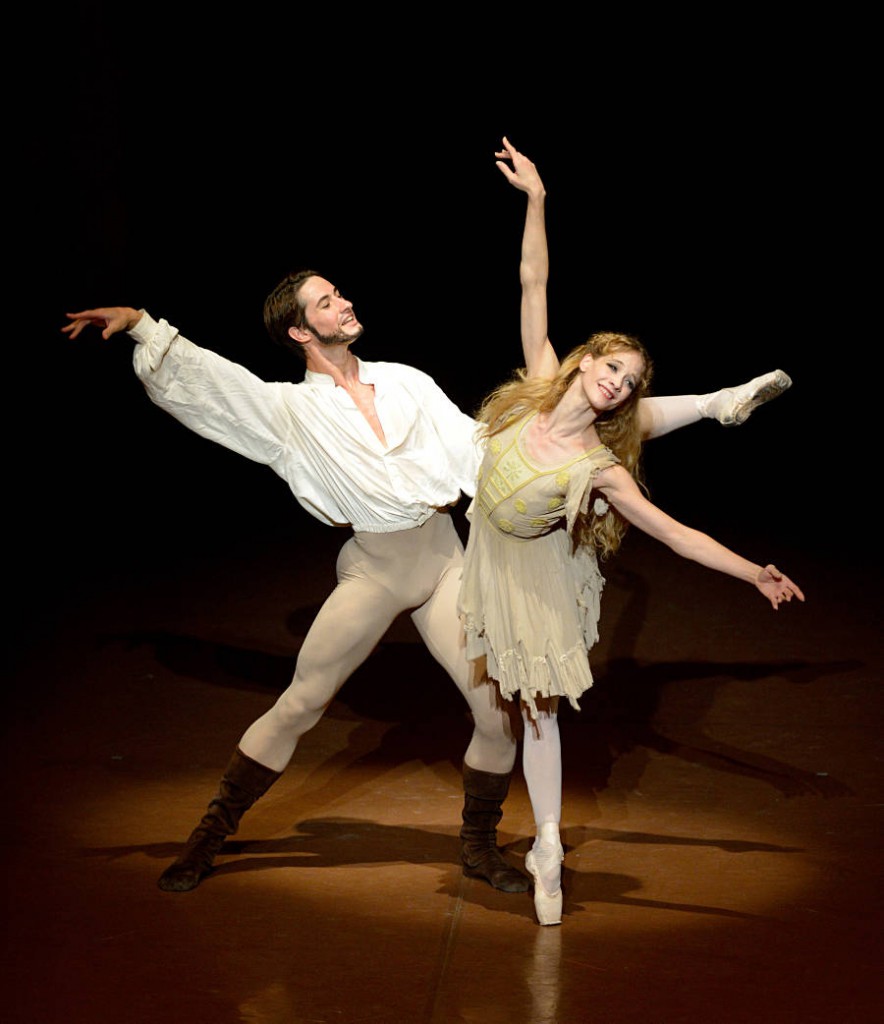Happy Eightieth!
“Egon Madsen 80”
Theaterhaus Stuttgart
Stuttgart, Germany
September 28, 2022
by Ilona Landgraf
Copyright © 2022 by Ilona Landgraf
 Egon Madsen has been a foundational figure in Stuttgart’s ballet and theater world for close to his entire career. He gave his stage debut at the young age of ten in a children’s ballet in his home country of Denmark. Nine years later (in 1961) he joined the Stuttgart Ballet under the newly appointed John Cranko. Key roles in Cranko’s signature pieces were choreographed on Madsen during a period dubbed the “Stuttgart Ballet Miracle”. After Cranko’s death, Madsen stayed with the Stuttgart Ballet until 1981. In the years that followed, he helmed several companies (the Frankfurt Ballet, the Royal Swedish Ballet, and the Ballet of the Teatro Communale/Florence) before becoming Marcia Haydée’s assistant director at Stuttgart and serving as ballet master in Stuttgart and Leipzig. In 1999 – at age fifty-seven – he returned to the stage with Nederlands Dans Theater’s NDT III. He also served as the troupe’s teacher and rehearsal director until it disbanded in 2006. One year later, Madsen returned to Stuttgart as a driving force behind Eric Gauthier’s newly established Gauthier Dance Company at the Theaterhaus. In addition to dancing in numerous Theaterhaus productions (most recently “Greyhounds” in 2015), Madsen also coached and trained the dancers. Since 2014, he has forayed into play-acting; his solo evening “King Lear”, choreographed by Mauro Bigonzetti, can be seen at the Theaterhaus for a final time this November. (more…)
Egon Madsen has been a foundational figure in Stuttgart’s ballet and theater world for close to his entire career. He gave his stage debut at the young age of ten in a children’s ballet in his home country of Denmark. Nine years later (in 1961) he joined the Stuttgart Ballet under the newly appointed John Cranko. Key roles in Cranko’s signature pieces were choreographed on Madsen during a period dubbed the “Stuttgart Ballet Miracle”. After Cranko’s death, Madsen stayed with the Stuttgart Ballet until 1981. In the years that followed, he helmed several companies (the Frankfurt Ballet, the Royal Swedish Ballet, and the Ballet of the Teatro Communale/Florence) before becoming Marcia Haydée’s assistant director at Stuttgart and serving as ballet master in Stuttgart and Leipzig. In 1999 – at age fifty-seven – he returned to the stage with Nederlands Dans Theater’s NDT III. He also served as the troupe’s teacher and rehearsal director until it disbanded in 2006. One year later, Madsen returned to Stuttgart as a driving force behind Eric Gauthier’s newly established Gauthier Dance Company at the Theaterhaus. In addition to dancing in numerous Theaterhaus productions (most recently “Greyhounds” in 2015), Madsen also coached and trained the dancers. Since 2014, he has forayed into play-acting; his solo evening “King Lear”, choreographed by Mauro Bigonzetti, can be seen at the Theaterhaus for a final time this November. (more…)





